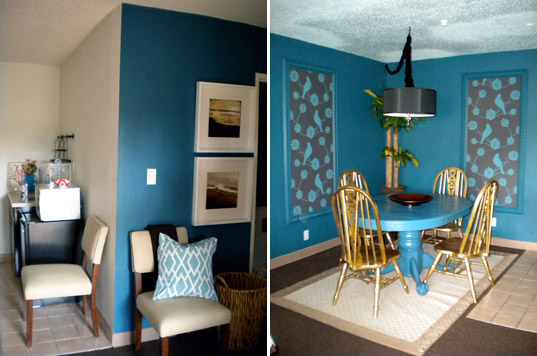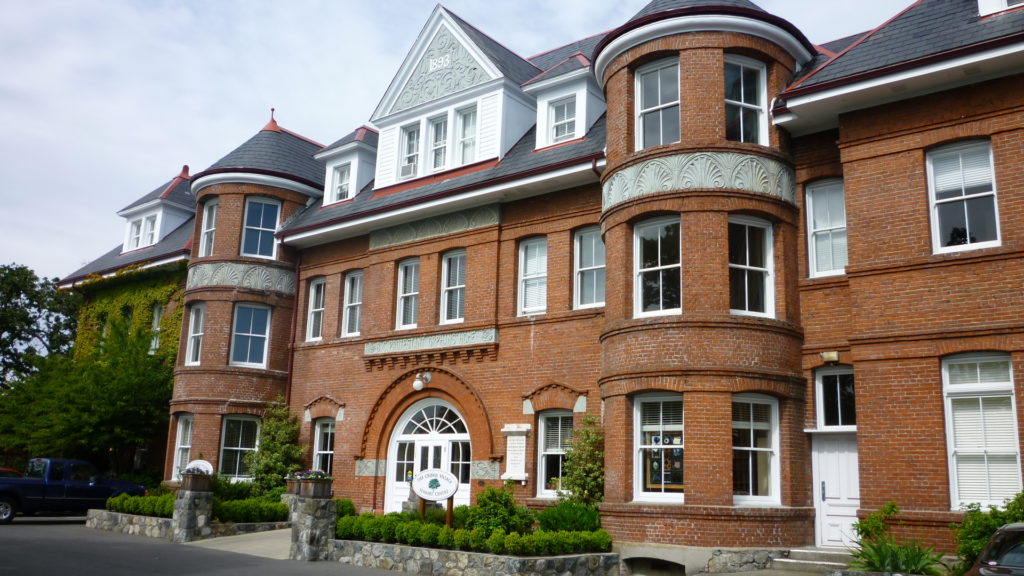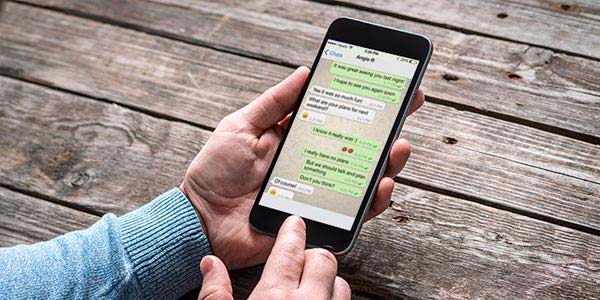
With COVID-19 spreading, concerns regarding victims of domestic violence and interpersonal family violence are high, as women forced inside their homes with abusive partners are susceptible to more abuse.
News outlets around the globe have reported on dangers that social distancing, self isolation and quarantining may have on domestic violence:
- The Vancouver Sun has reported that calls to The Battered Women’s Support Services Crisis hotline have seen a 300 percent surge in calls—from a dozen calls a day a month ago to hundreds of calls per day now.
- The New York Post reported that NYC Hope, the city’s main domestic violence online resource, has had 1240 visitors from March 18 through March 30.
- In the United Kingdom, a man was accused of murdering his wife of 44 years while both were self-isolating at home.
- One local police station in China reported that the number of domestic violence cases reported to a nearby police station had tripled in February, compared to the same period the previous year.
With this increase of domestic violence, shelters around the world—from North America and Europe, to Asia and Australia—are taking steps taking to ensure the safety of those in shelters and refuge centers, as well as preparing for an even bigger surge in those seeking shelter during this time.
The United States
Within North America, the seven shelters contacted for this report were open and fully operational—citing that now, more than ever, shelters and safe homes are needed amidst the pandemic.
Almost all stated that while their services have been shifted slightly due to increasing restrictions as a result of COVID-19, they have been able to successfully make accommodations.
Kathy Black, executive director of La Casa De Las Madres—a San Francisco-based women and children’s shelter—said that social distancing has been implemented rather smoothly at their facility, since each family has their own room with a door. There are also different meal times to ensure social distancing, and staff maintains a six feet distance with clients. The center is also “providing remote counseling services and has provided educational material for children at the shelter.”
Dean Lockwood, the director of development and community outreach at Su Casa—an organization in Long Beach, California, aimed at ending domestic violence—said the center looks “totally different from three weeks ago.”
“We have had to limit the number of residents in our facility and have been working with hotels to try and place some residents,” Lockwood said.
Shelter staff use Zoom meetings and video conferencing, and laptops have been provided for all the children in the facility for both educational and entertainment purposes.
Upward Bound House—a Los Angeles-based nonprofit that aims to end family homelessness and provides transitional housing in apartments and motels for families for up to ten months—has also been implementing measures to curb COVID-19.

Christine Mirasy-Glasco, executive director, told Ms. that social distancing and extra sanitizing procedures have been implemented.
“We give them gloves, hand sanitizers and washing detergents to keep their units safe and clean,” Mirasy-Glasco said.
Common areas are cleaned aggressively, door knobs are wiped down and staff ensure that families observe a six feet distance between another. Children are no longer allowed to play in the playground.
Mirasy-Glasco does worry about a potential increase of domestic violence victims due to conditions caused by the pandemic—like California’s decision to release 3,500 prisoners in an attempt to reduce crowding.
“Last week I received a call from a colleague in education who said he has a woman actively fleeing domestic violence. Her husband was in prison and was just released,” she said. “That is just the tip of the iceberg that we will be seeing.”
Canada
Shelter staff in Canada are equally concerned with the potential repercussions that social distancing and quarantining may have for those trapped in close proximity with their abusers, unable to seek help.
Joanne Linka of the Cridge Center for the Family in Victoria, British Columbia, is seeing a spike in the number of calls to the center.

And Hila Kerner, spokesperson and frontline worker of the Vancouver Rape Relief and Women’s Shelter reported she too has noticed an increase in calls to the center.
“The situation also dramatically reduces the ability of women to protect their children because they can’t take/send them to the school/park/library or shopping until they manage to deescalate the situation,” Kerner said. “Women usually have work or shopping as a break from violence, but that is no longer available.”
Malaysia
In many shelters beyond North America, the trends remain the same.
Sumitra Visvanathan, executive director of Women’s Aid Organization in Kuala Lumpur, Malaysia, said that there has been a 14 percent increase in hotline calls and Whatsapp inquiries since Malaysia enacted its movement control order amidst COVID-19.
“Looking more closely at these trends, we have noticed a steeper increase in WhatsApp enquiries relative to hotline calls,” Sumitra told Ms. “This suggests that survivors feel more comfortable sending WhatsApp messages instead of speaking over the phone. Some reasons for this trend could include proximity to the perpetrator, which makes phone calls riskier; lack of credit to make phone calls; and the increased popularity of WhatsApp.”

Some Report a Drop in Calls to the Center—But For the Wrong Reasons
But while some centers are seeing a spike in calls, others saw a drop.
Dean Lockwood of Su Casa, for example, saw a big dip in phone calls to the center.
Kathy Black from San Fransisco’s La Casa De los Madres—whose shelter has seen the same—attributes the decline to it being harder for victims to call with their abusers in the house.
(It’s also easy to wonder how victims trapped with an abuser are able to do remote counseling sessions with a partner who may be monitoring their every move.)
The calls the shelters do receive are longer, and the situations are more complicated, Black says.
One children’s helpline specialist, Kathy (who preferred to omit her last name), works at an NYC domestic violence shelter called WomanKind. There, they do a residential screening for all new residents to ensure they do not have coronavirus and monitor residents’ physical symptoms—but to her knowledge, the shelter has not put in specific restrictions for families once they enter the premises and pass those initial tests.
Kathy too has noticed a reduction in calls to the center. She believes it’s because victims do not feel safe talking on the phone with their abusive partner potentially close by. She’s also seen a drop in incoming residents.
“Residents have individual rooms but shared bathrooms and common spaces. I think clients get concerned about shared spaces and the coronavirus so they’re not coming in,” Kathy told Ms.
But with their community center shuttered, she worries about the mental health of those clients that do come in to seek reprieve.
Kyra Moeller of Wellspring Women’s Center in Sacramento also said that with the cancellation of many services previously offered at the center—such as art classes and mindfulness exercises—she fears the mental health of many domestic violence victims will deteriorate during this time.
If you or someone you know is in danger of domestic violence, call the National Domestic Violence hotline at 1-800-799-7233 or Safe Horizon at 1-800-621-HOPE.
The coronavirus pandemic and the response by federal, state and local authorities is fast-moving.
During this time, Ms. is keeping a focus on aspects of the crisis—especially as it impacts women and their families—often not reported by mainstream media.
If you found this article helpful, please consider supporting our independent reporting and truth-telling for as little as $5 per month.





